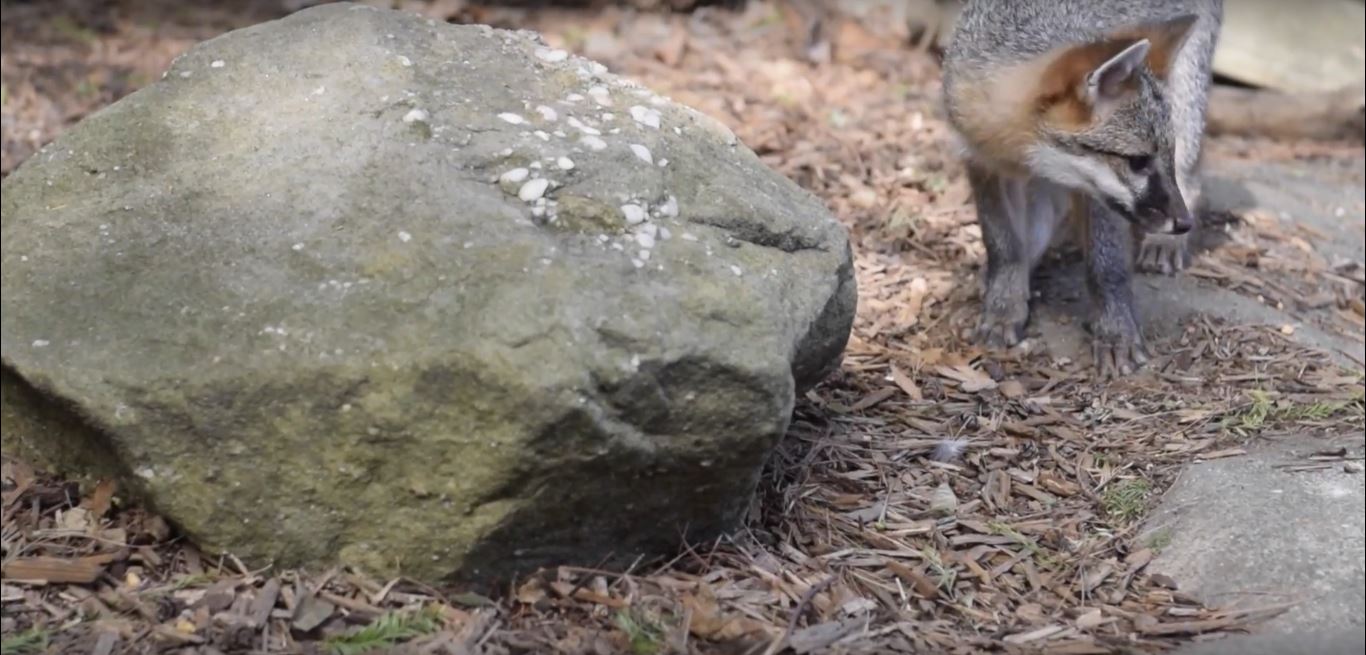
Pest Animal Removal Oklahoma City - Wildlife Exterminator
Welcome to Pest Animal Oklahoma City! We are a wildlife removal company servicing Oklahoma City, OK. Who are we and what do we do? We are Pest Animal, and we’re a family run business who’s been safely and humanely controlling wildlife for over a decade. We use the latest equipment and tools, relying only on exclusion methods and live cage traps, to remove the pest from your home, relocating it far enough away to ensure it doesn’t come back. We don’t just do that though, we also complete professional-grade repairs to your home, sealing holes and making sure that there are no more entry-points. We do this for all animals too. We specialize in removing bats from the attic, and also rodent removal, but there’s no job too big for us. Or too small, for that matter. Even if you just need little friendly advice, give us a call. We answer our phones 24/7, and all staff are trained to give you the right information. Friendly, and with technicians working locally, usually available for same-day and emergency appointments, we are your one-stop-shop to everything pest control related. Our customers love us, and we think you will too! Give us a call today for your free quote. Call us now at 405-694-4822 for your Oklahoma City wildlife control needs.
About Pest Animal Oklahoma City and Our Services:
Property inspections and in-attic inspections.
Nuisance wildlife trapping and removal.
Critter damage repair to your home.
Attic restoration and decontamination.
We never use poisons! We don't handle insects.
Licensed and insured in Oklahoma
Oklahoma City rat control and rodent removal
Oklahoma City dead animal removal inside houses.
Oklahoma Snake control services
Bird Removal and Prevention
Call 24/7 to schedule an appointment
Our Service Range

Our Service Range
We service the counties of Canadian, Cleveland, Grady, Lincoln, Logan, McClain, Oklahoma, and Pottawatomie. We service towns such as Oklahoma City, Shawnee, Bethany, Chandler, Chickasha, Choctaw, Del City, Edmond, El Reno, Guthrie, Harrah, Jones, Langston, McLoud, Midwest City, Moore, Mustang, Newcastle, Nichols Hills, Nicoma Park, Noble, Norman, Piedmont, Purcell, Spencer, Tuttle, The Village, Warr Acres, Yukon, Stillwater, Kingfisher and more.Oklahoma City Wildlife Removal Tip of the Month: Information about the Oklahoma Fox
One of the most “clever” and “sly” creatures in all of the animals world is the Oklahoma City fox.
These mammals come from the same family as that of the dogs, but are usually the size
of small to medium sized dogs. Oklahoma foxes do not get very big in comparison to some of the
larger breeds of dogs.

The Oklahoma fox is characterized by a snout like you would see on a dog, but is turned slightly upright,
and has a flattened skull. The ears are triangular, much like you would see on a cat, and are pointed.
Foxes are usually classified into two primary groups, those that are considered “true foxes” and the
rest. Foxes are everyone in the world except in Antarctica, with the most commonly found species being
the Oklahoma City red fox. This has 47 different sub-species and is the one that most of us are familiar with.
The Oklahoma City red fox is very sly and cunning and this has added to its mythology in movies and cartoons. Clichés
such as “sly as a fox” come from the behavior and cunning of this particular species of the animal, and
it is the red fox that is the most widely hunted for sport because of its superior intelligence to other
forms of fox. The average fox weighs somewhere between 9 and 20 pounds. The smaller species can be as small
as 1.5 to 3.5 pounds. The length from tail to end of the snout is about three feet in most species. These Oklahoma
animals have whiskers that are not only found on the face but also on the forelimbs which aid in its ability
to sense through touch.
One of the biggest determinants of how an Oklahoma fox will be classified is by its fur color, length and thickness. Foxes
can appear in a wide variety of colors, including white, black, red, gray, brown, and brown. There are also some
foxes that have more a sandy color, which is a perfect adaptation for living in the desert. Those foxes that live
in much colder climates have much thicker fur. This is especially true in the artic form of fox. Not only does the
arctic form have much thicker fur, but it also has smaller ears, a shorter tail and smaller limbs. This means there
is a decrease in surface area, meaning it is less likely to lose body heat through its skin. An Oklahoma City foxes coat can also
change color as it ages. The fox undergoes a kind of molting process once a year where the fur is replaced with a
new coat for the year, and in older foxes this can mean the new fur can have a slight discoloration from the previous
year. The molting usually occurs during the month of April.

